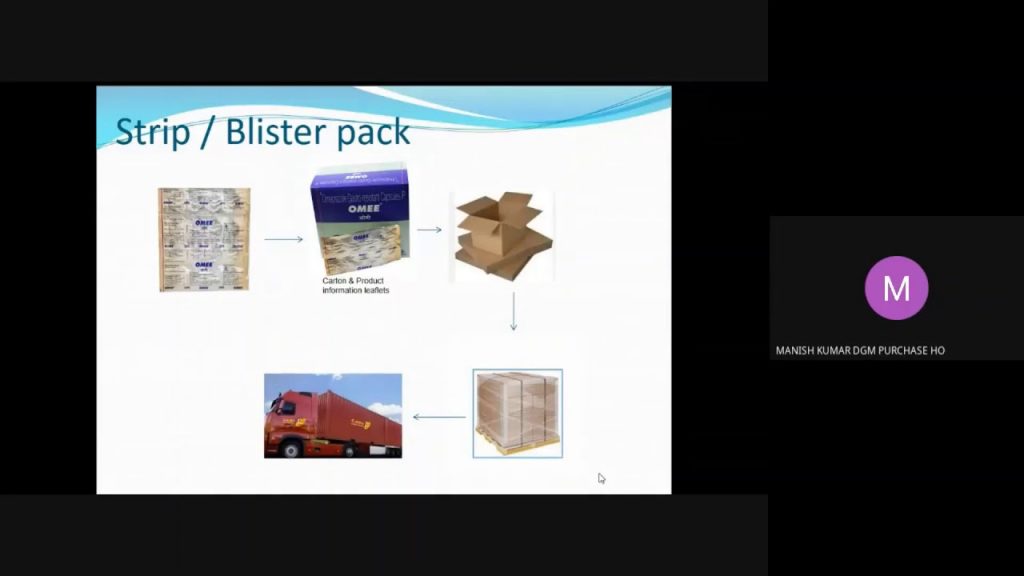Check out the latest webinar series organized by the Indian Institute of Packaging Alumni Association, focusing on Pharmaceutical Packaging. Edited by Mr. Piyush R. Ingale, this webinar series delves into the intricacies of the Pharmaceutical Packing Line. In this article, we will explore the primary packaging materials used in Pharmaceutical Packaging and provide valuable insights into this essential aspect of the industry.
Pharmaceutical Packaging plays a crucial role in ensuring the safety and efficacy of medicines. It involves the process of enclosing pharmaceutical products in suitable containers that protect them from external factors and maintain their integrity. The Pharmaceutical Packing Line is a complex system that encompasses various stages and components to achieve this objective.
One of the key aspects of the Pharmaceutical Packing Line is the selection of appropriate primary packaging materials. These materials directly come in contact with the pharmaceutical product and must possess specific properties to preserve its quality. Let's take a closer look at some of the primary packaging materials used in Pharmaceutical Packaging.
1. Glass: Glass is a widely used material in pharmaceutical packaging due to its excellent chemical resistance and impermeability. It is commonly used for ampoules, vials, and syringes. Glass containers provide a protective barrier against moisture, oxygen, and other contaminants, ensuring the stability of the pharmaceutical product.
2. Plastic: Plastic packaging materials, such as HDPE, LDPE, and PET, are extensively used in the pharmaceutical industry. They offer versatility, cost-effectiveness, and lightweight properties. Plastic containers are commonly used for tablets, capsules, and liquid medications. However, it is crucial to select the appropriate type of plastic that meets the specific requirements of the pharmaceutical product.
3. Aluminum: Aluminum foil is widely used for blister packaging in the pharmaceutical industry. It provides an excellent barrier against light, moisture, and oxygen, ensuring the long-term stability of the medication. Aluminum foil packaging is commonly used for tablets, capsules, and suppositories.
4. Paper and Cardboard: Paper and cardboard are often utilized in the form of labels, inserts, and cartons in Pharmaceutical Packaging. These materials provide essential information about the medication, such as dosage instructions, warnings, and expiration dates. They also contribute to the overall branding and identification of the pharmaceutical product.
5. Rubber and Elastomers: Rubber closures and elastomeric components are critical in maintaining the integrity of parenteral pharmaceutical products, such as injectables. These materials must possess excellent sealing properties to prevent any leakage or contamination.
The selection of primary packaging materials for Pharmaceutical Packaging requires careful consideration of factors such as compatibility, stability, safety, and regulatory compliance. It is essential to ensure that the chosen materials meet the specific requirements of the pharmaceutical product and adhere to industry standards.
In conclusion, the Indian Institute of Packaging Alumni Association's Packaging Webinar Series 2020, edited by Mr. Piyush R. Ingale, provides valuable insights into the Pharmaceutical Packing Line. Understanding the primary packaging materials used in Pharmaceutical Packaging is crucial for ensuring the safety and efficacy of medicines. Stay informed and updated with the latest advancements and practices in this field to deliver high-quality pharmaceutical products to the market.
Check out the leading manufacturers for professional packaging solutions in the pharmaceutical industry. They offer a wide range of coil packing solutions tailored to meet your specific requirements. Automatic Packing Line
"Exploring Primary Packaging Materials in Pharmaceutical Packaging and Packing Line: A Comprehensive Analysis"
